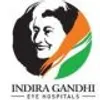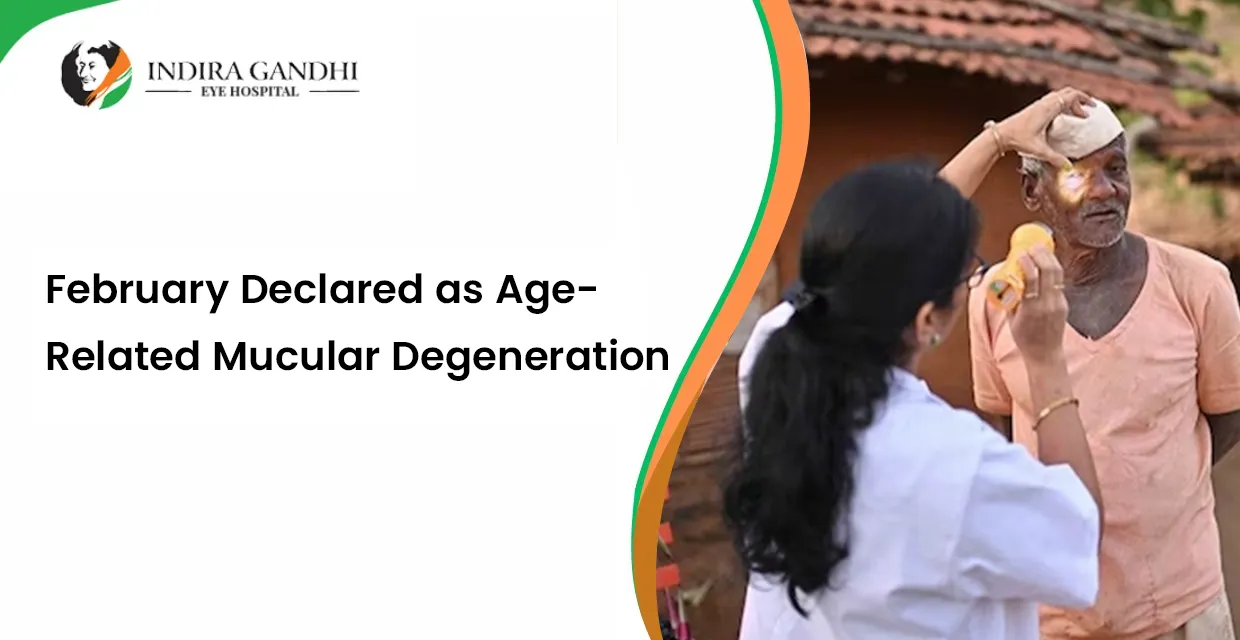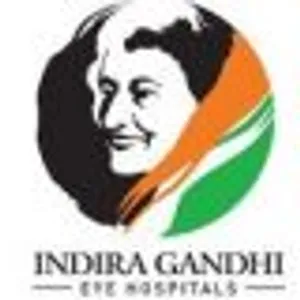Introduction to AMD and Low Vision Awareness
February marks a significant month in the realm of eye health, designated as Low Vision Awareness Month. It's a time when we, as Ophthalmologists, emphasise the critical nature of early detection and management of Age-related Macular Degeneration (AMD), a leading cause of vision impairment among the elderly population. This article delves into understanding AMD, its impact, and the proactive measures one can take to mitigate its effects.
Understanding AMD
AMD is a condition characterised by the deterioration of the macula, a small area in the centre of the retina responsible for sharp, central vision. This degeneration affects one's ability to perform everyday tasks such as reading, driving, and recognising faces.
AMD is categorised into two types: Dry AMD, the more common form involving the thinning of the macula, and Wet AMD, characterised by abnormal blood vessel growth under the retina, leading to rapid vision loss.
Preventative Measures for AMD
Adopting a healthy lifestyle can significantly reduce the risk of AMD. Key strategies include:
Dietary Choices: Incorporating a diet rich in green leafy vegetables, fish high in omega-3 fatty acids, and nuts can help maintain eye health.
Regular Exercise: Engaging in physical activity to maintain a healthy weight and reduce hypertension and cholesterol levels, which are risk factors for AMD.
Eye Protection: Wearing sunglasses with UV protection to shield the eyes from harmful rays.
Smoking Cessation: Avoiding smoking, as it doubles the risk of AMD.
Early Detection and Regular Check-ups
Regular eye examinations are crucial for early detection of AMD. Individuals over 50 should undergo comprehensive eye exams at least once every two years. Advances in eye care, such as optical coherence tomography (OCT), allow for early diagnosis and monitoring of AMD progression.
Treatment Options for AMD
While there is no cure for AMD, certain treatments can slow its progression and manage symptoms:
For Dry AMD: Nutritional supplements containing a specific blend of vitamins and minerals, known as the AREDS2 formula, can help reduce the disease's progression.
For Wet AMD: Anti-VEGF therapy, involving injections into the eye, can slow down vision loss by inhibiting abnormal blood vessel growth.
Living with Low Vision: Adaptive Strategies and Support
For those affected by AMD, various adaptive strategies and aids can enhance daily functioning and independence:
Assistive Technologies: Devices such as magnifying glasses, electronic readers, and screen-reading software can assist with reading and daily tasks.
Home Modifications: Adjusting lighting, reducing glare, and using high-contrast colours in the home can improve visibility.
Support Services: Low vision rehabilitation services offer training and resources to maximise remaining vision.
Community and Professional Support
Engaging with support groups and professional services can provide emotional support and practical advice for individuals with AMD and their families. These communities offer a platform to share experiences, coping strategies, and stay informed about the latest research and treatment options.
Conclusion
Low Vision Awareness Month highlights the critical aspect of eye health, especially in preventing and managing AMD. By focusing on education, early detection, and effective management, individuals can greatly enhance their quality of life despite such conditions. We urge everyone to prioritize their eye health and consult with the Best Eye Hospital in India, Indira Gandhi Eye Hospitals, for any vision-related concerns, including specialized eye treatment in Amethi.


